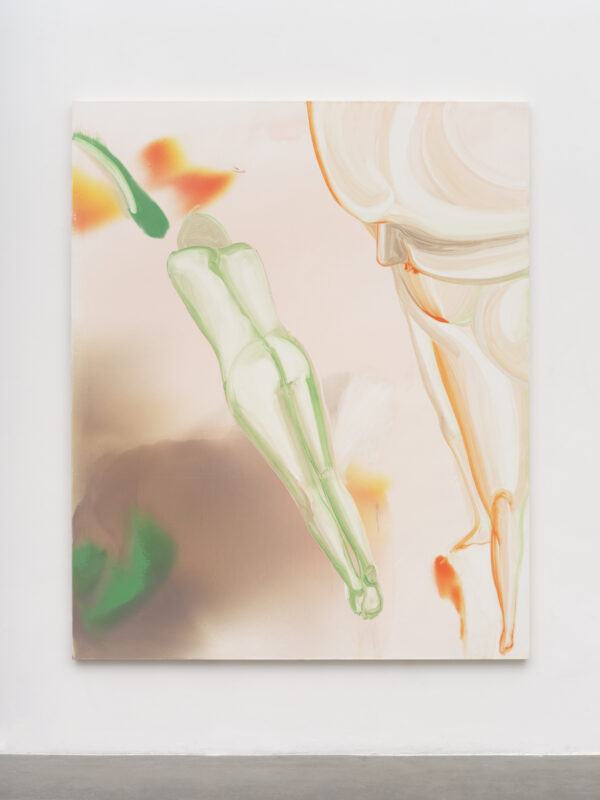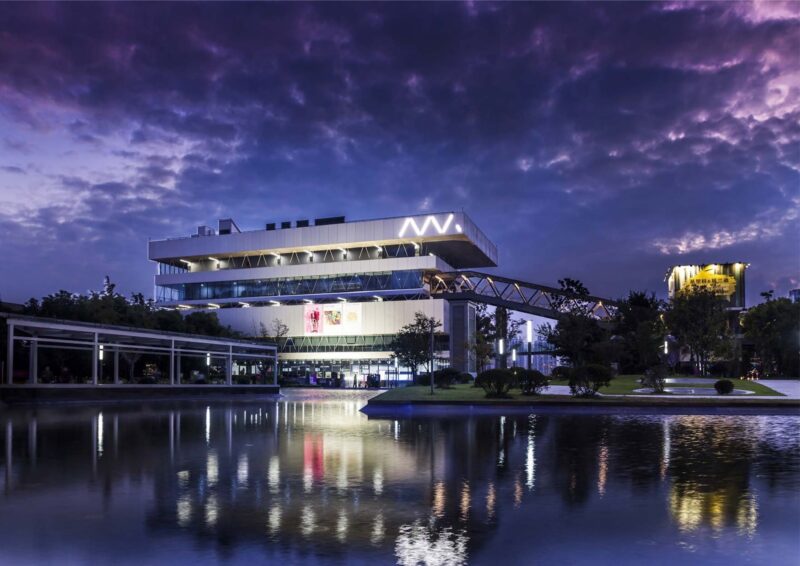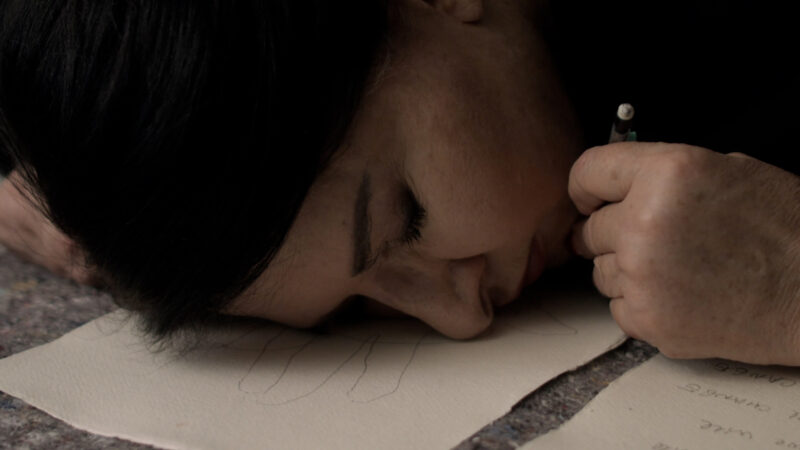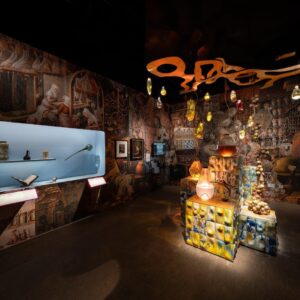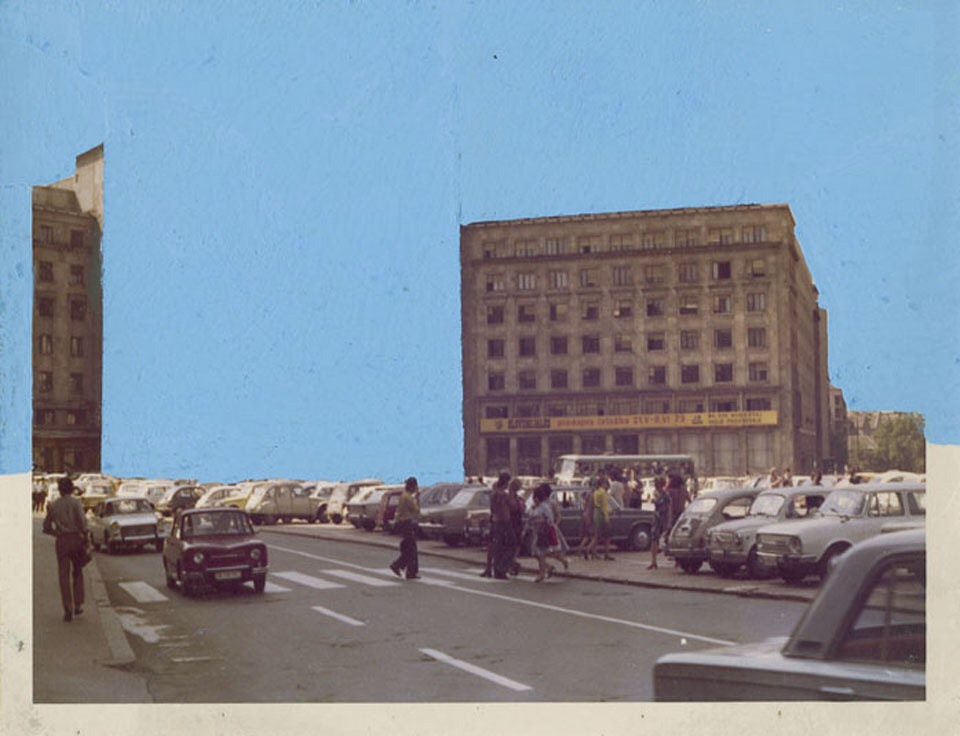
17th September – 1st November 2014 Lisson Gallery 27 Bell Street, London
Taking its title from an early, immersive sound environment, White Space presents a range of historic works by Marina Abramovi?, most of which have never been exhibited before. Featuring two important sound pieces, previously unseen video documentation of seminal performances and a number of newly discovered photographs, all dating from 1971-1975, the exhibition reveals the artist’s first forays into a performance-based practice dealing with time and the immaterial, themes which have again become central to her current work.
First realised in 1972 at The Student Cultural Centre in Belgrade, White Space was a room lined with white paper containing a tape recording of the artist repeating the phrase “I love you”. Visitors were instructed to “Enter the space. Listen.” Never since recreated, this work forms the centrepiece of this display of rare, formative Abramovi? works, which nevertheless relate thematically to her recent decision to strip down her practice to its essence and empty out the Serpentine Gallery for her long-durational performance there, entitled 512 Hours. A second audio work installed in its own environment, The Tree (1971) can be heard just outside the gallery, in its central courtyard, where a number of speakers blare out an artificially amplified repetition of birds chirping, the insistent recording perhaps referring to the recorded pronouncements of Josip Broz ‘Tito’, Yugoslavia’s revolutionary socialist leader of the time, whom Abramovi?’s parents fought with and eventually served under, as military officers in the Communist government.
Consisting of a series of 28 photographic works partially obscured by white correction fluid, also played on an accompanying slide projection, Freeing the Horizon (1973) represents Abramovi?’s enigmatic and systematic erasure of a number of important buildings from the Belgrade skyline, many of which, coincidentally, the artist later discovered were physically obliterated by the NATO bombings of 1999 as part of the Kosovo War. Three other later works from this series will be presented in new formats: Freeing the Memory is a film projection with sound, depicting Abramovi?’s attempt to recall every Serbian word she can, in a continuous stream of language, for over an hour. Freeing the Voice sees her lying prone on a white mattress with her head tilted back, screaming until she loses her voice, while Freeing the Body (all 1975) follows another of her own tightly-scripted scenarios:
“I move to the rhythm of the black African drummer. I move until I am completely exhausted. I fall.”
Also on show in her second solo exhibition with the gallery is a newly remastered and previously unseen film version of Rhythm 5 (1974), which was captured by the artist’s brother, Velmir Abramovi?. As the artist lays on the floor, in the middle of a burning five-point star (the symbol of Yugoslav Partisans), she loses consciousness due to a lack of oxygen resulting from the fire and has to be rescued by concerned onlookers. Then, as now, Abramovi? reveals, through her performative works and experiential situations, how heightened states of being and awareness can be
achieved simply through the conjunction of her body, her voice and her presence in a space – or, conversely, through the absence of all of the above.
?About the artist
Since the beginning of her career in Belgrade during the early 1970s, Marina Abramovi? has pioneered performance as a visual art form. Her early Rhythm performances married concept with physicality, endurance with empathy, complicity with loss of control, passivity with danger. They pushed the boundaries of self- discovery, both of herself and her audience. They also marked her first engagements with time, stillness, energy and the resulting heightened consciousness generated by long durational performance. The body has always been both her subject and medium. Exploring her physical and mental limits in works that ritualise the simple actions of everyday life, she has withstood pain, exhaustion and danger in her quest for emotional and spiritual transformation. From 1975-88, Abramovi? and Ulay performed together, dealing with relations of duality. She returned to solo performances in 1989 and for The Artist Is Present (2010) sat for eight hours per day over three months, engaged in silent eye contact with hundreds of strangers.
Marina Abramovi? was one of the first performance artists to become formally accepted by the institutional museum world. Her international solo shows include the Stedelijk Van Abbemuseum, Eindhoven,1985; Centre Georges Pompidou, Paris, 1990; Neue National Galerie, Berlin, 1993, and the Museum of Modern Art, Oxford,1995. She has also participated in many large-scale international exhibitions including the Venice Biennale (1976 and 1997) and Documenta VI, VII and IX, Kassel (1977, 1982 and 1992). Major performances include Seven Easy Pieces at the Guggenheim Museum, New York (2005); The Artist Is Present at the Museum of Modern Art, New York (2010) and 512 Hours at the Serpentine Galleries (2014). Marina Abramovi? is establishing the MAI (Marina Abramovi? Institute) to support the future exploration and promotion of performance art.

